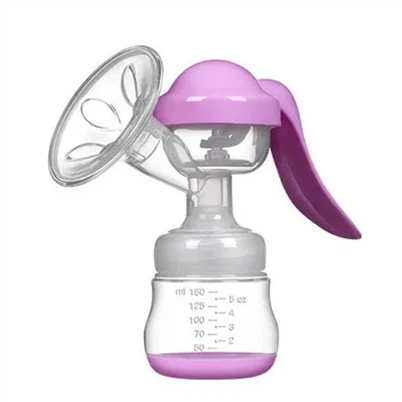What Are The Methods Of Using Infrared Thermometer?
Leave a message
1. Preparation
Check the thermometer
Check whether the thermometer is intact, the display is clear, and the battery is sufficient.
Make sure the measuring range of the thermometer is suitable for the temperature range of the object to be measured.
Get familiar with the operation of the thermometer
Read the instruction manual of the thermometer to understand its operation method, the function of the function keys and the measurement unit, etc.
2. Measurement steps
Determine the measurement distance
Different models of infrared thermometers have different measurement distance requirements. Generally speaking, the thermometer should be kept within an appropriate distance range from the object to be measured to ensure the accuracy of the measurement. The distance usually ranges from a few centimeters to a few meters.
Note that too far a distance may cause inaccurate measurement results, and too close a distance may damage the thermometer or the surface of the object to be measured.
Aim at the object to be measured
Aim the optical aiming system of the thermometer at the object to be measured. Some thermometers have a laser aiming function that can help accurately aim at the measuring point of the object to be measured.
Make sure to aim at the actual surface of the object to be measured, not reflective objects or other interferences.
Press the measurement key
When aiming is completed, press the measurement key on the thermometer to start measuring.
Wait a few seconds until the thermometer displays a stable temperature reading.
Record the measurement results
Record the measured temperature reading. If necessary, you can take multiple measurements and average them to improve the accuracy of the measurement.
Clean and store the thermometer
After use, wipe the thermometer housing with a clean soft cloth to keep it clean.
Store the thermometer in a dry, ventilated place, away from direct sunlight and high temperature and humidity.
III. Precautions
Avoid environmental interference
The measurement results of the infrared thermometer may be affected by environmental factors, such as strong electromagnetic fields, radiation from high-temperature objects, smoke, dust, etc. These interference factors should be avoided as much as possible during measurement.
If there are other high-temperature objects in the measurement environment, make sure that the thermometer is not affected by their radiation.
Correctly select the measurement point
For objects of different shapes and materials, choose a suitable measurement point. For example, for objects with smooth surfaces, you can choose to measure at their center; for objects with rough surfaces, you can choose to measure at multiple points and average them.
Avoid measuring the edges, corners, or parts of objects with obvious differences in heat conduction, as the temperature of these parts may be inconsistent with the overall temperature of the object.
Pay attention to the characteristics of the object being measured
Objects of different materials have different reflection and absorption characteristics for infrared rays, which may affect the measurement results of the thermometer. For example, metal surfaces reflect infrared rays more strongly, while non-metallic surfaces such as plastic and wood absorb infrared rays more strongly.
When measuring objects of different materials, you can refer to the manual of the thermometer to understand its measurement accuracy and applicable range for different materials.
Calibrate the thermometer regularly
In order to ensure the measurement accuracy of the thermometer, it should be calibrated regularly. The thermometer can be calibrated using a standard temperature source (such as a constant temperature water bath, a black body furnace, etc.).
The frequency of calibration depends on the frequency of use of the thermometer and the accuracy requirements. Generally speaking, it is recommended to calibrate at least once a year.







